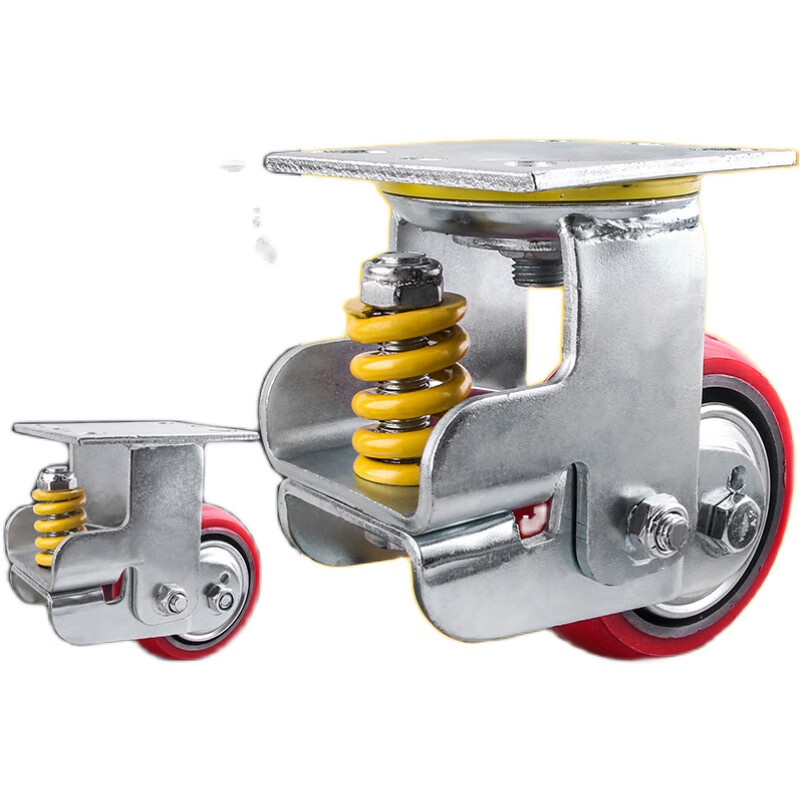BLOG
Compression Springs Applied in Pneumatic Shock Absorbers
Pneumatic shock absorbers, equipped with compression springs, are engineered to dampen vibrations and buffer impacts for equipment, leading to stable operation, extended service life of components, and decreased operational noise.
These shock absorbers are perfect for scenarios where equipment operates on rugged terrains, like construction sites with uneven ground, or in industries where precision is paramount, such as semiconductor manufacturing with sensitive wafers or pharmaceutical production involving fragile glassware.
To realize these advantages, pneumatic shock absorbers rely on compression springs with precise elasticity and deflection characteristics. We provide a wide range of high-quality compression springs tailored for your pneumatic shock absorber systems, ensuring optimal performance in every application.

